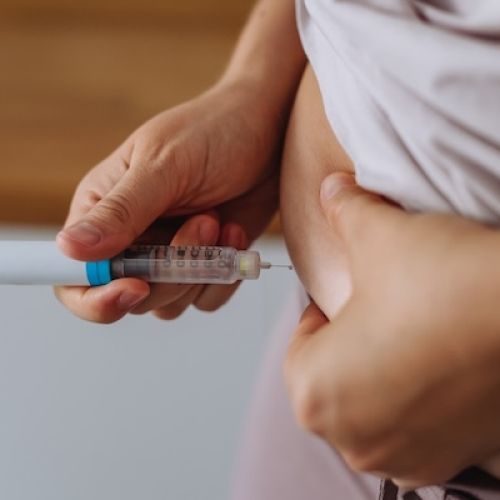Understanding the Different Types of Sperm Extraction

Sperm extraction is a way to overcome male factor infertility. In cases where there’s no sperm present in the ejaculate (azoospermia), our doctors at California Center for Reproductive Health use a variety of techniques to acquire sperm to use in IVF (in vitro fertilization) or ICSI (intracytoplasmic sperm injection).
Azoospermia may be due to a blockage in the male reproductive tract. You can produce sperm, but it can’t get into your semen to fertilize your partner’s egg. In nonobstructive azoospermia, you have little or no sperm production, usually due to defects in your testicles’ function or structure.
We call on the most skilled reproductive urologists from the greater Los Angeles, California, area to perform sperm extraction procedures under local anesthesia.
Conception using extracted sperm
When healthy sperm is successfully extracted from the testes, epididymis, or vas deferens, we use it in one of a few different procedures.
In vitro fertilization (IVF) involves fertilizing mature eggs with sperm in a lab. Once a healthy embryo forms, we place it in the woman’s uterus with hopes of implantation.
During intracytoplasmic sperm injection, a single sperm is injected into the center of a mature egg to create an embryo in a lab. Once the embryo is deemed viable (after one to five days), we implant it into the woman’s uterus for possible implantation and pregnancy.
Types of sperm extraction
The type of sperm extraction you undergo depends on your particular condition.
Testicular sperm aspiration
Testicular sperm aspiration (TESA) is done while you’re under local anesthesia. The procedure is coordinated with egg retrieval from your partner to time it perfectly for IVF or ICSI.
We obtain your sperm by inserting a needle in the testicle to aspirate the sperm. This method is effective for men with obstructive azoospermia (often caused by a vasectomy).
Percutaneous epididymal sperm aspiration
Percutaneous epididymal sperm aspiration (PESA) can be effective for men with obstructive azoospermia due to vasectomy or infection. It involves removing sperm from the epididymis, a tube attached to each testicle where sperm is stored and matures.
This procedure is also timed with egg retrieval for effective IVF.
Testicular sperm extraction
Testicular sperm extraction (TESE), is a bit more invasive that TESA. It involves making a small incision in the testis, so we can examine the tubules for the presence of sperm. We remove small fragments of testicular tissue and isolate any sperm.
This procedure may be timed with egg retrieval, but many patients cryopreserve the sperm during this procedure for future IVF/ICSI.
Microepididymal sperm aspiration
Microepididymal sperm aspiration (MESA) may be recommended if you have obstruction due to vasectomy or due to congenital absence of the vas deferens, an excretory duct of the testes.
Usually, couples choose to cryopreserve sperm acquired through MESA, as it allows for a large collection of mature sperm
Microdissection TESE (microTESE)
MicroTESE is effective when you have a sperm production problem. We coordinate your microTESE the day before your partner’s egg retrieval. Sperm may also be cryopreserved after the procedure.
We often recommend you have donor sperm as a back-up plan just in case no sperm can be retrieved.
At the California Center for Reproductive Health, our team is dedicated to helping you get the family you dream of having. Call one of our offices in Encino, Valencia, Alhambra, or West Hollywood, California to set up an appointment. Alternatively, reach out via this website.




